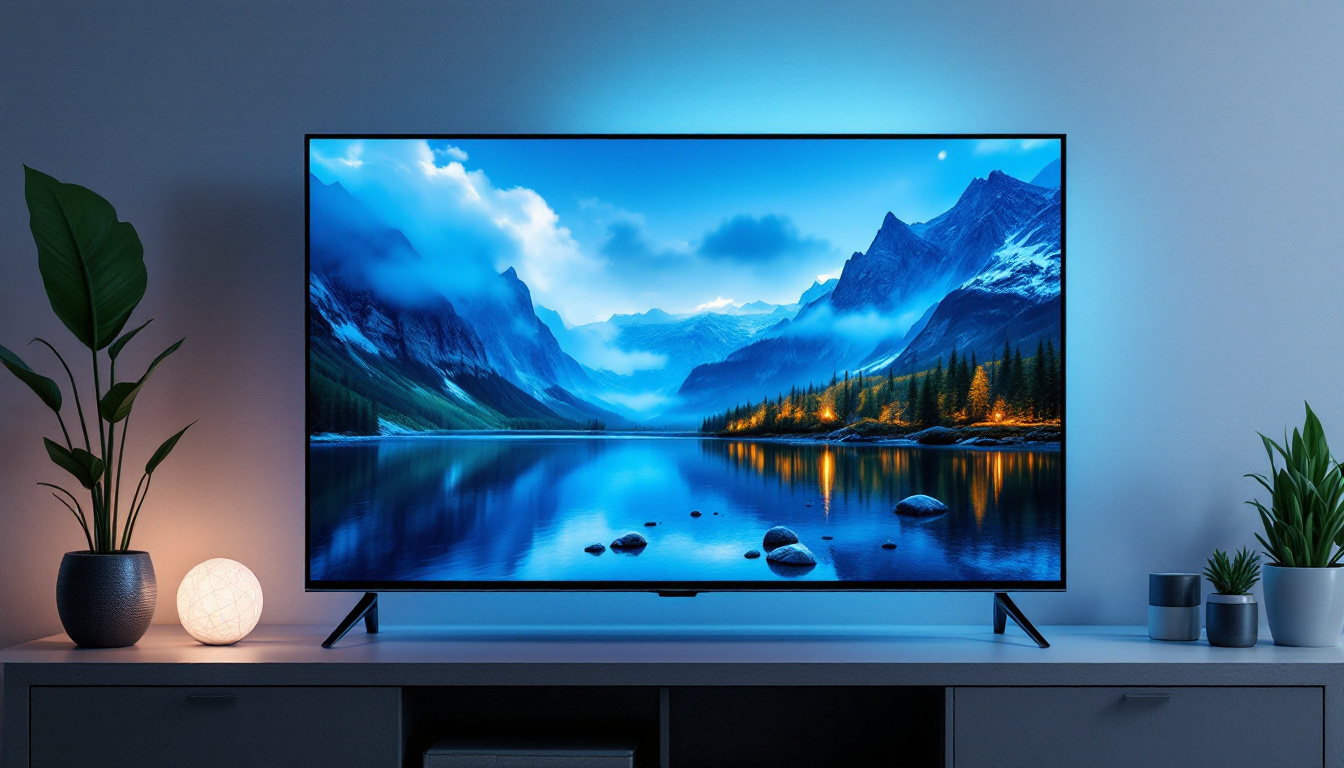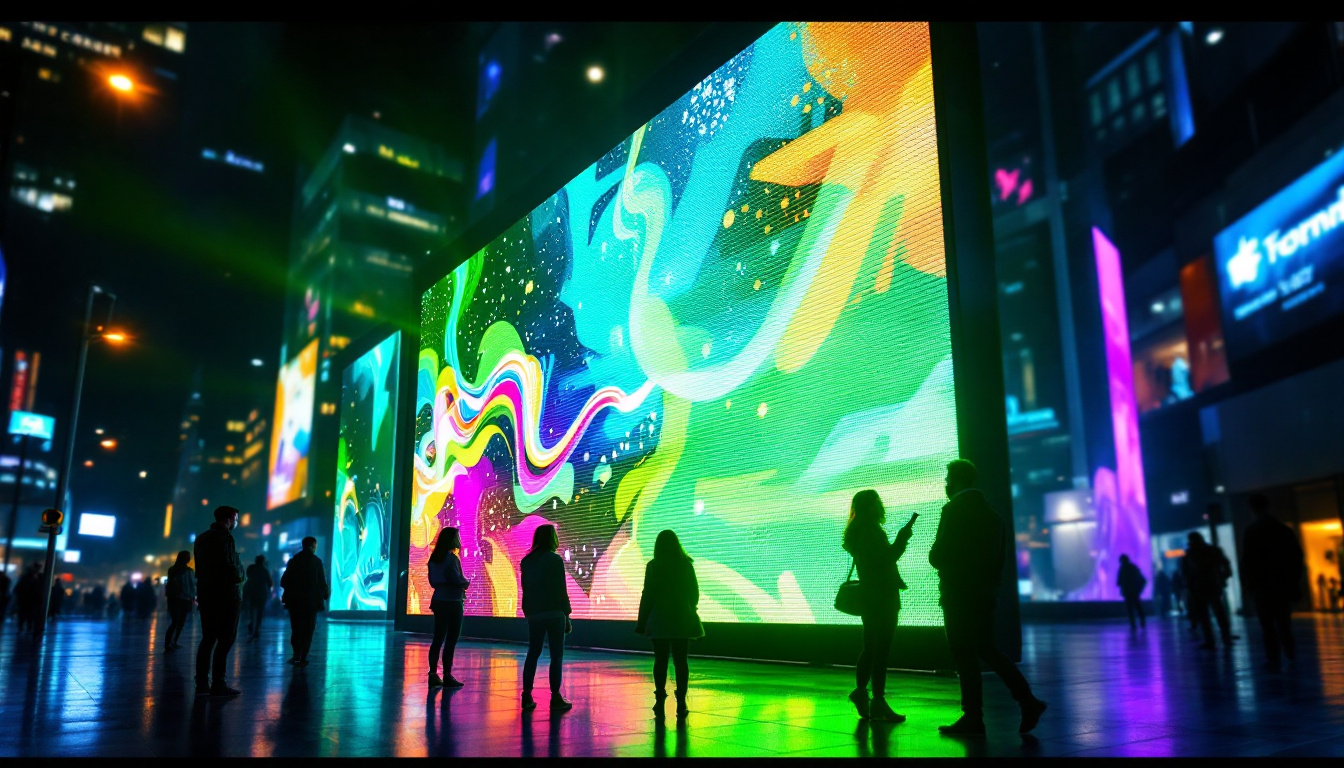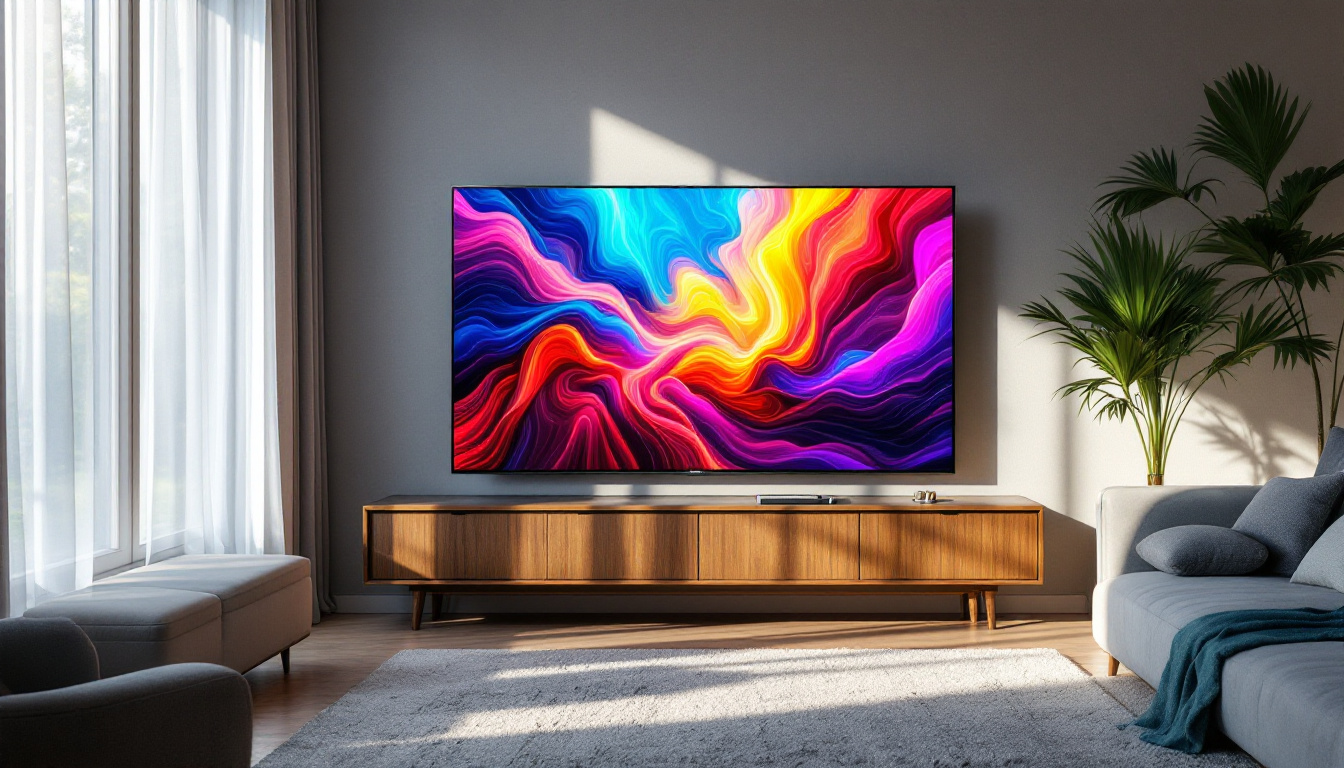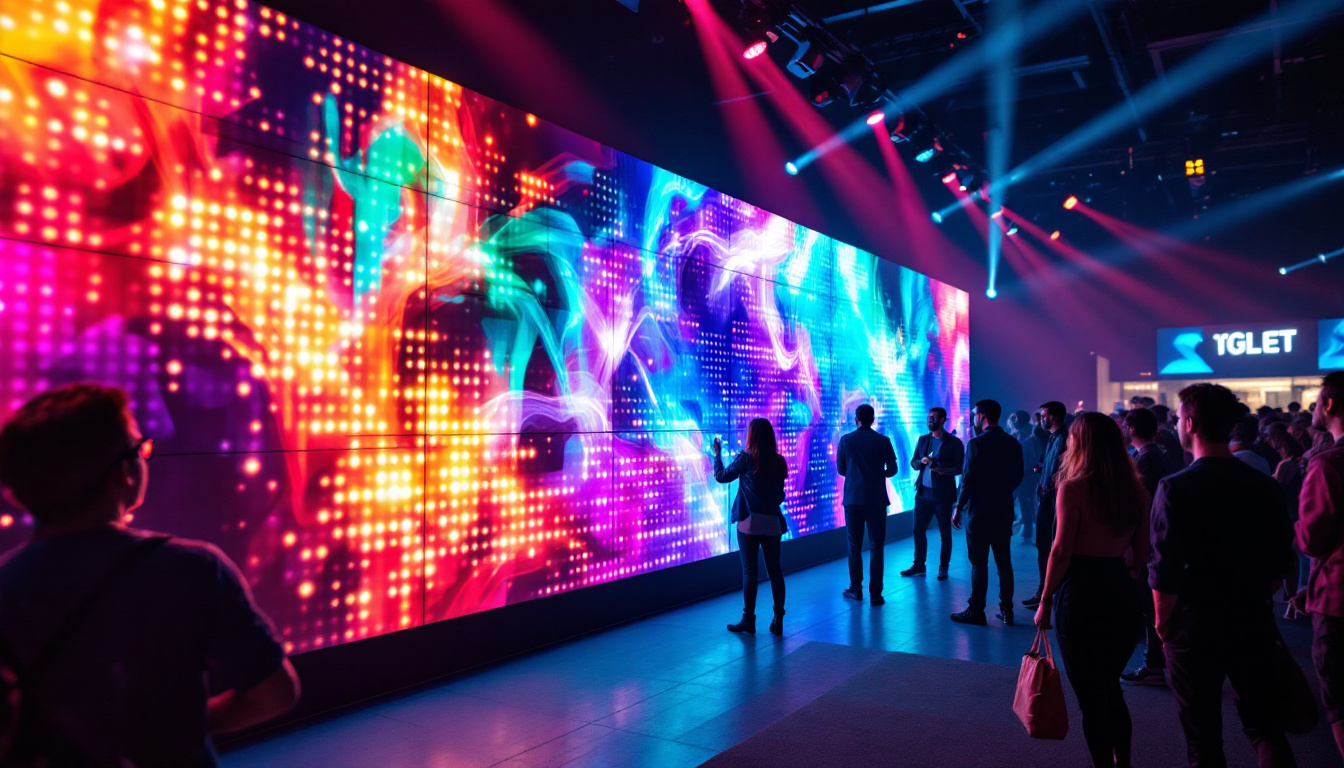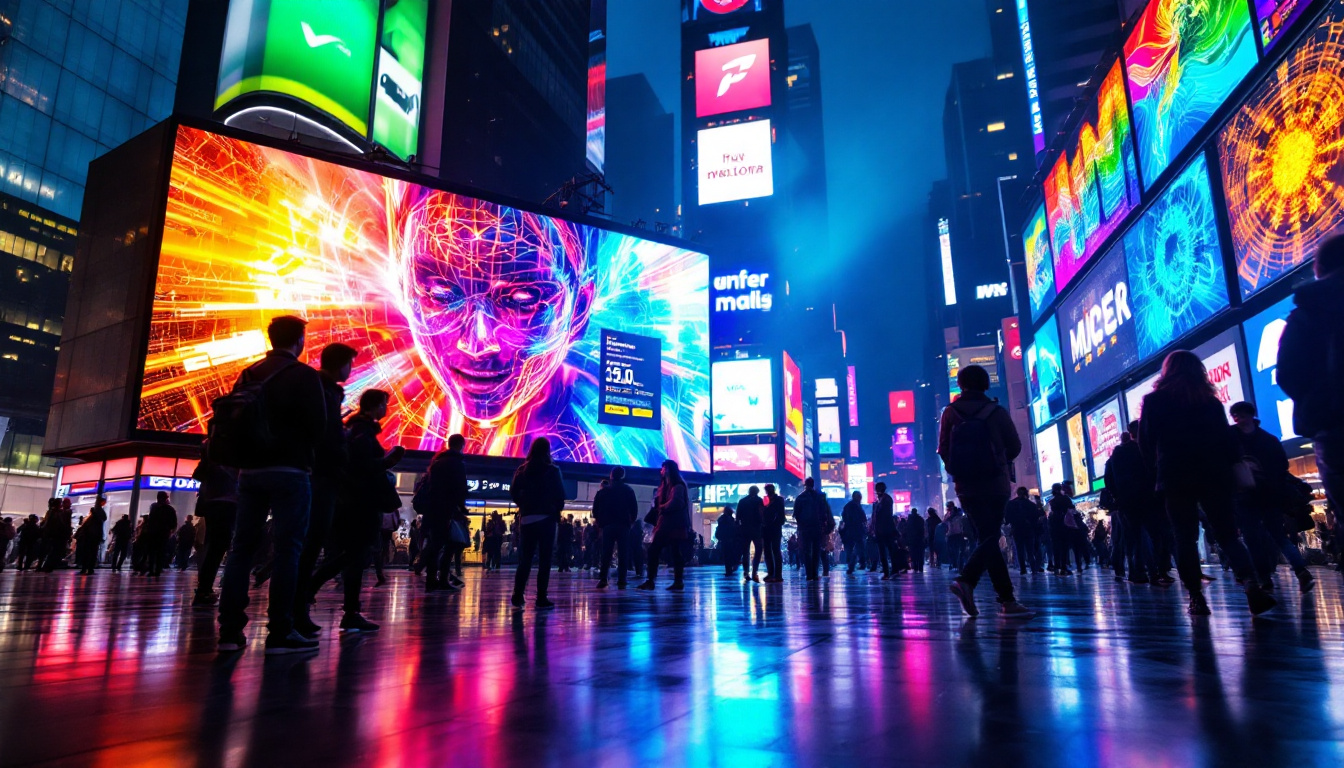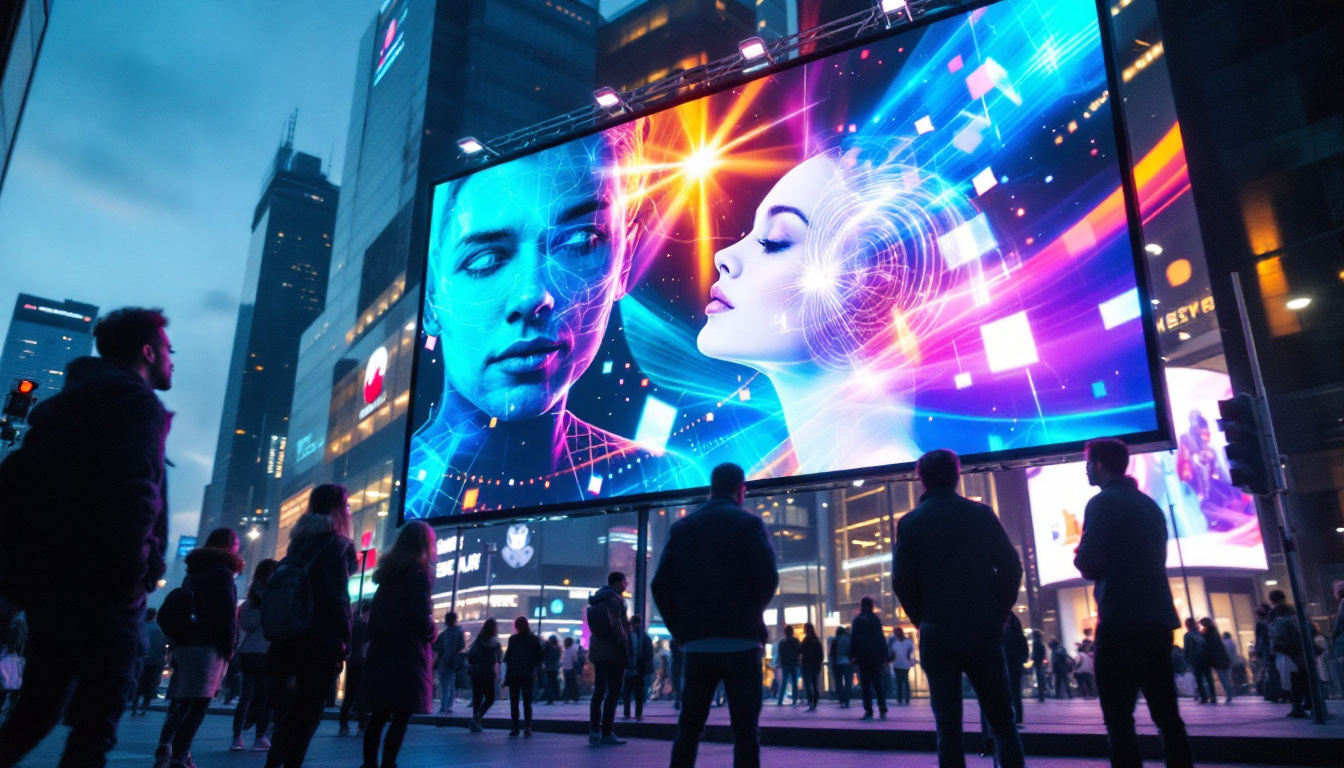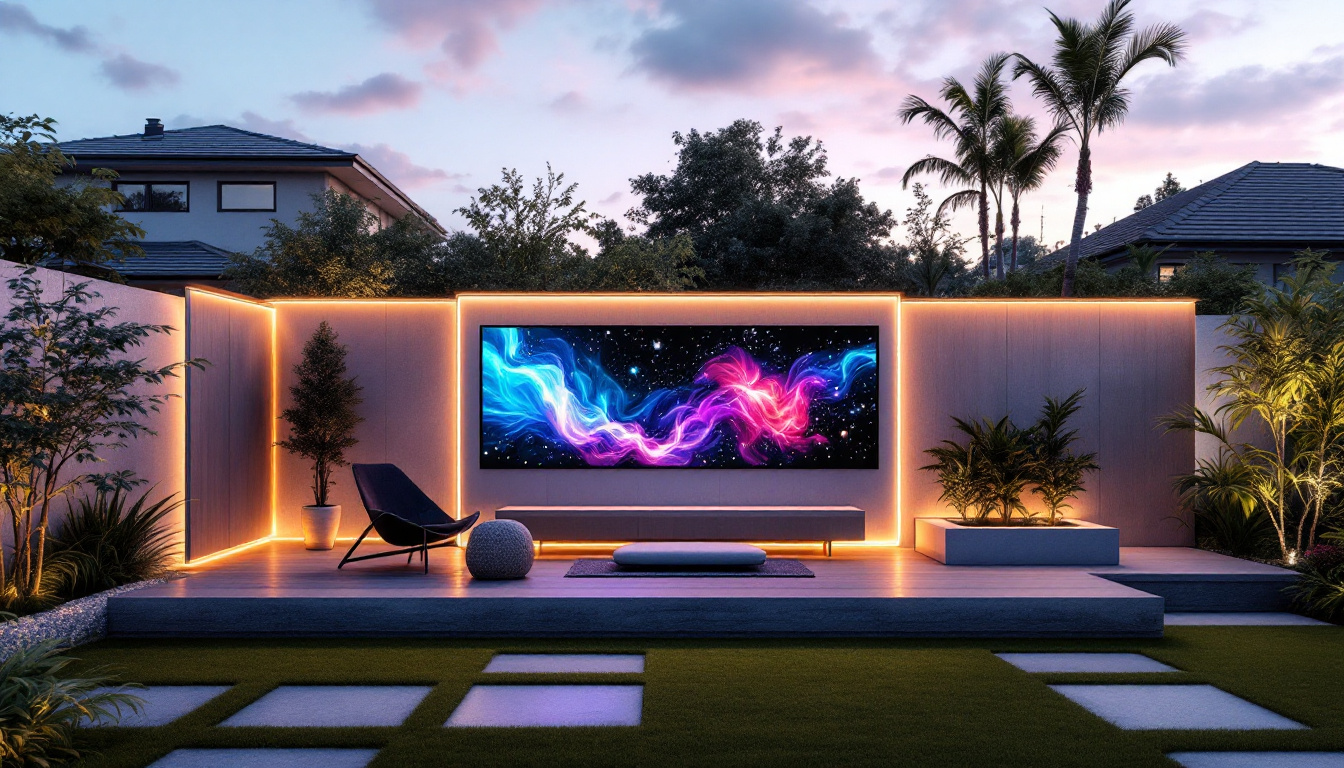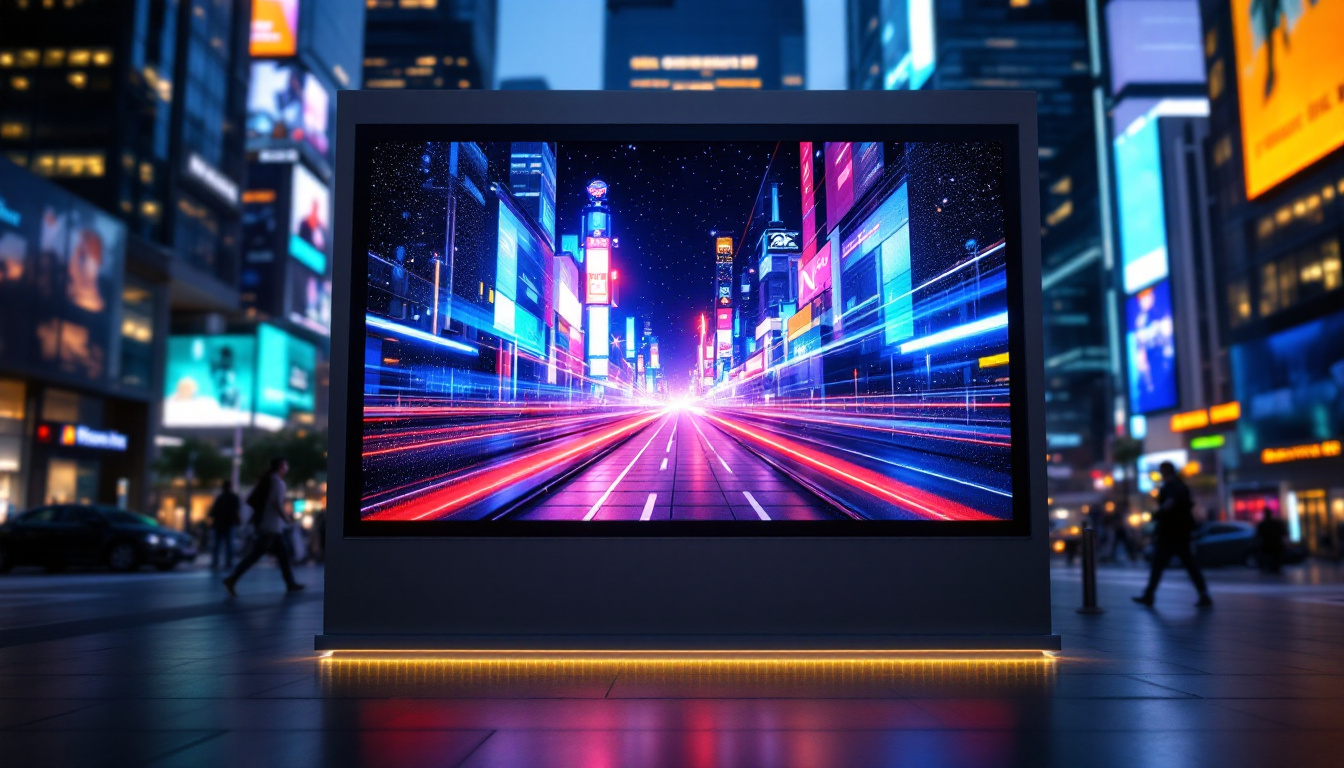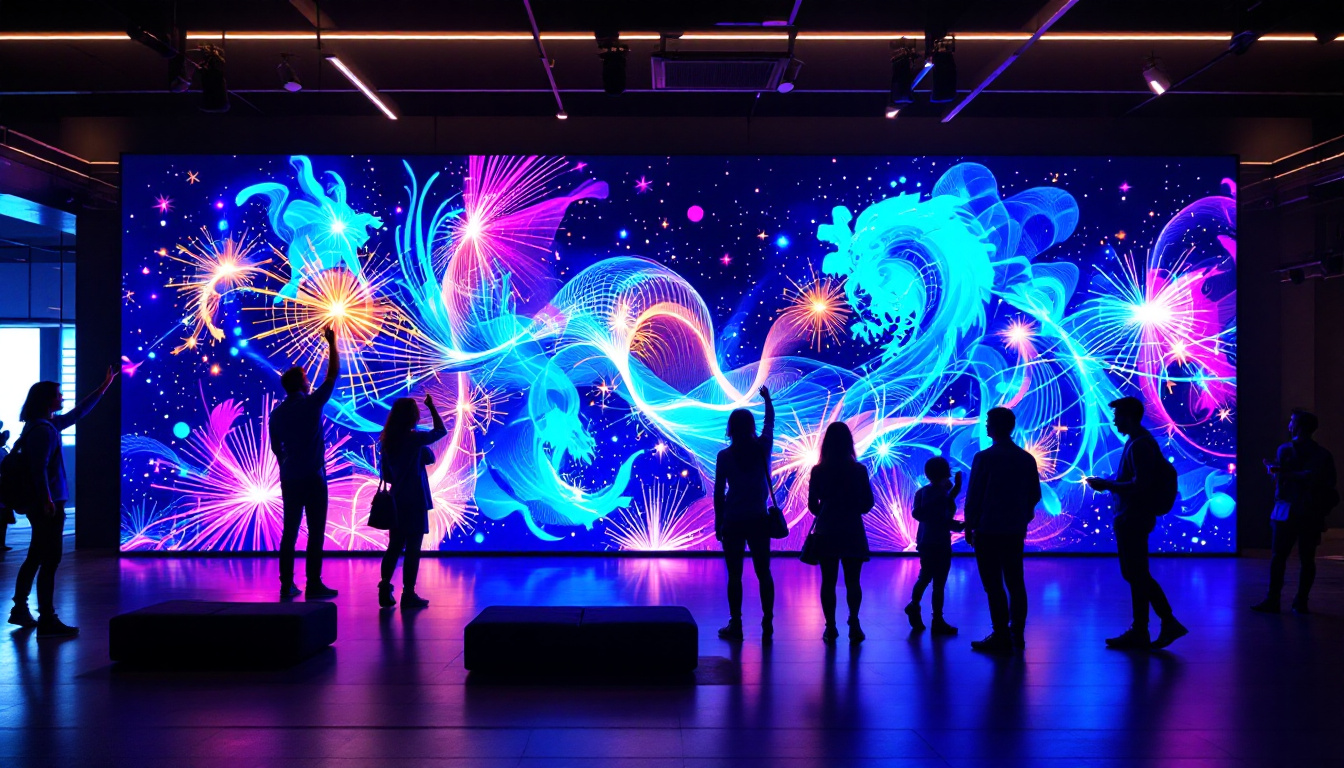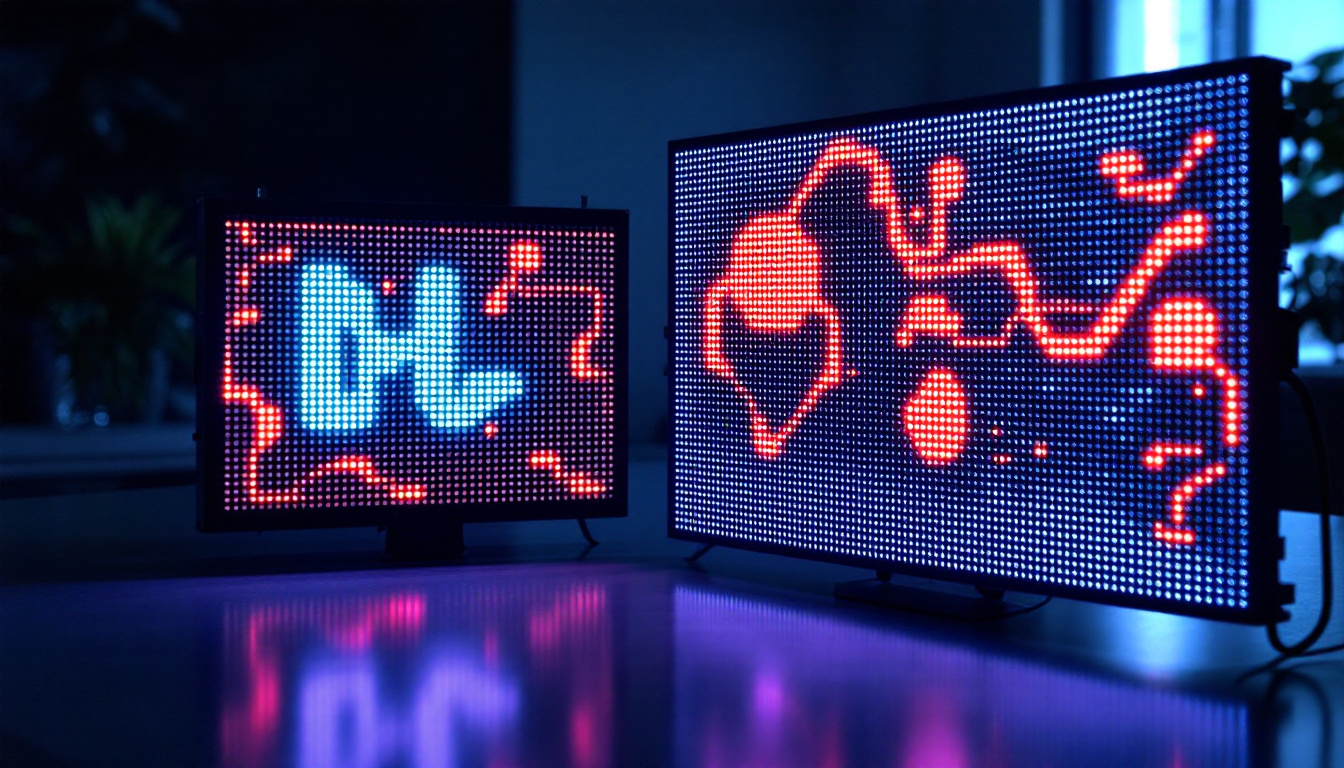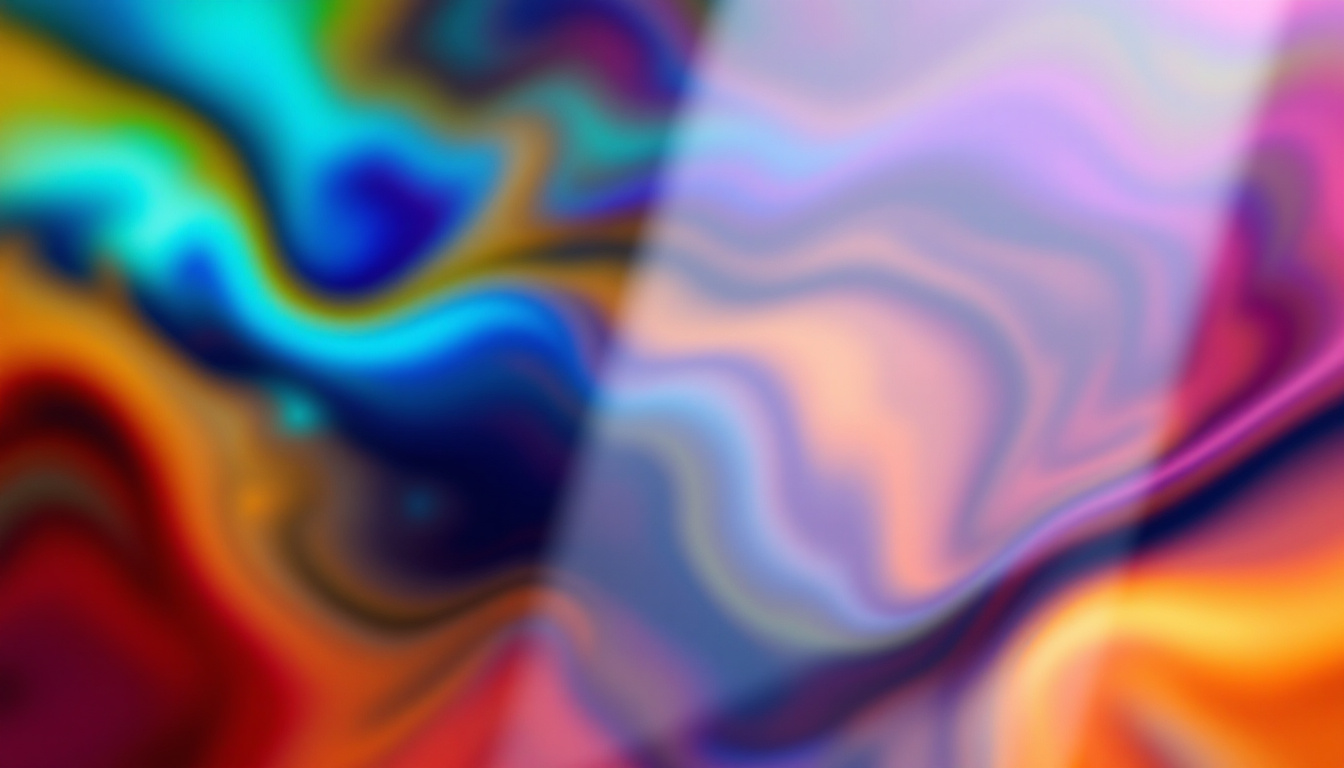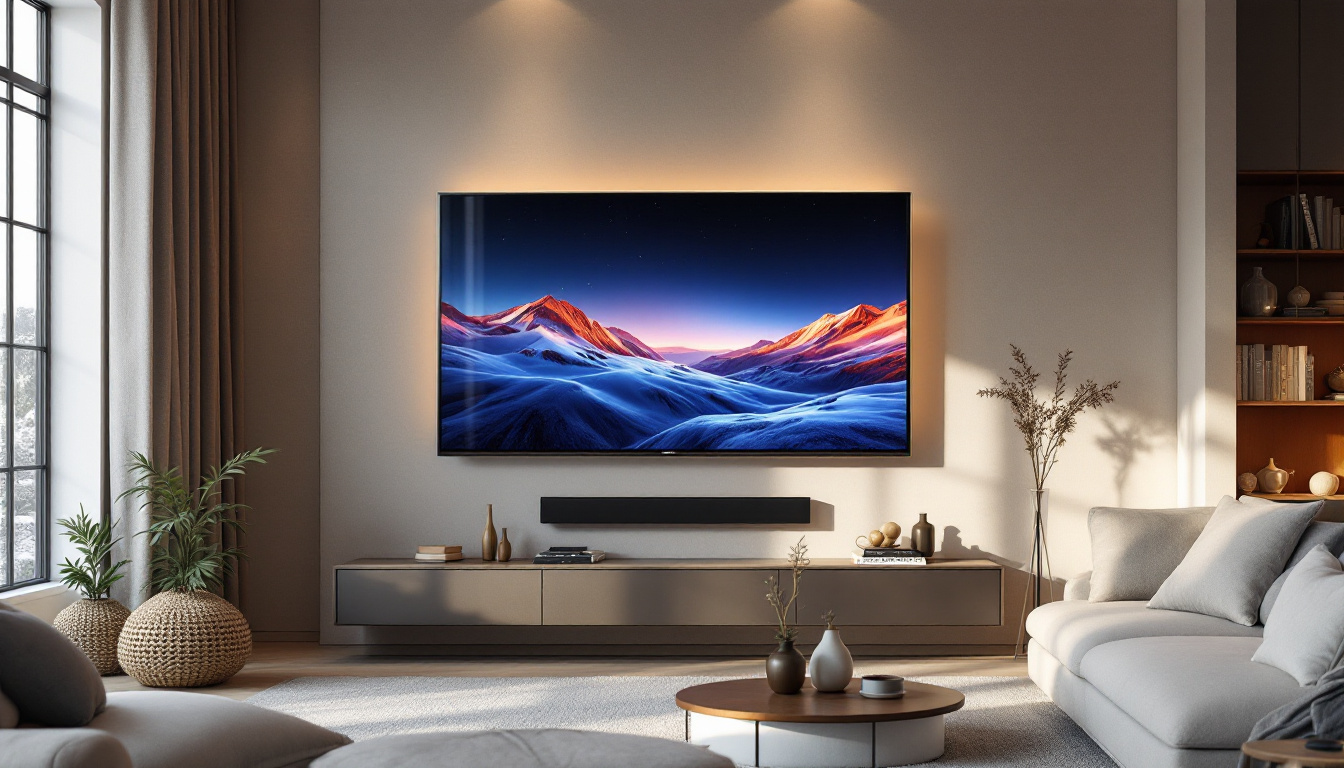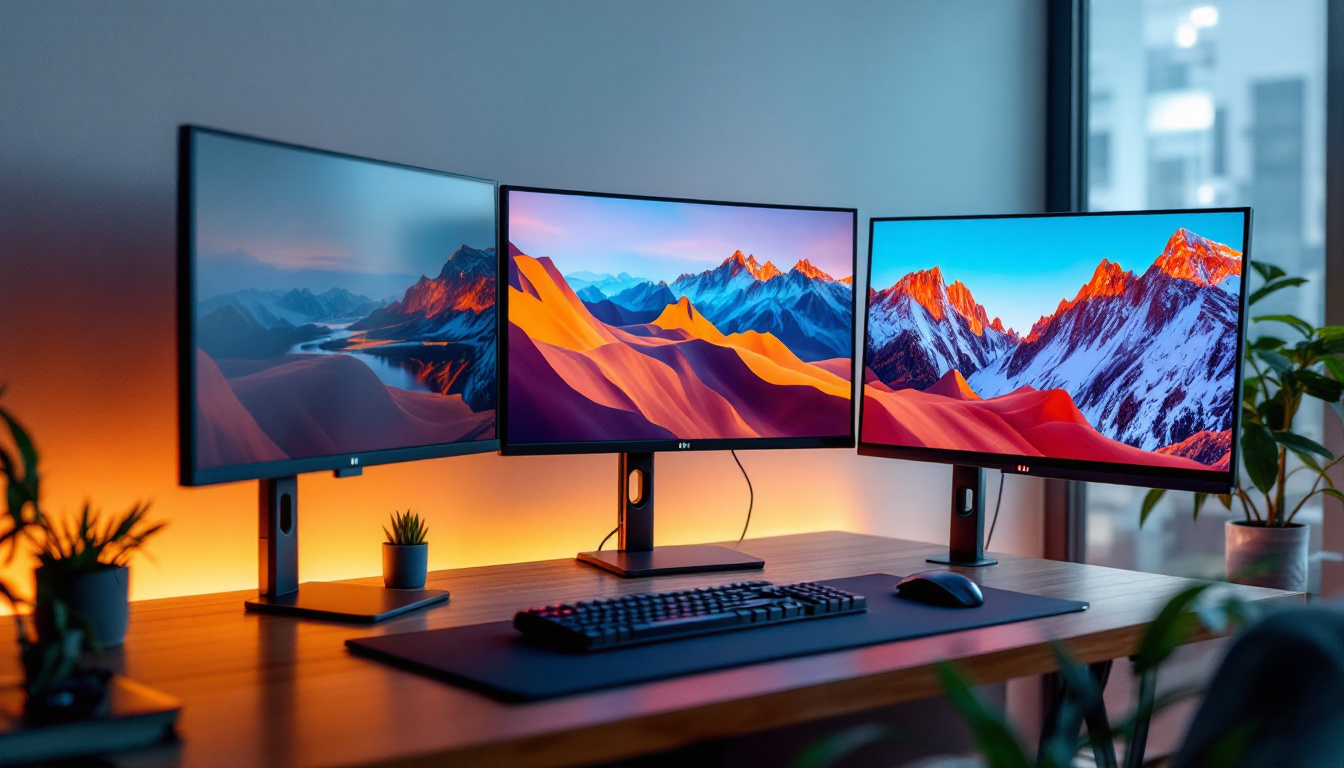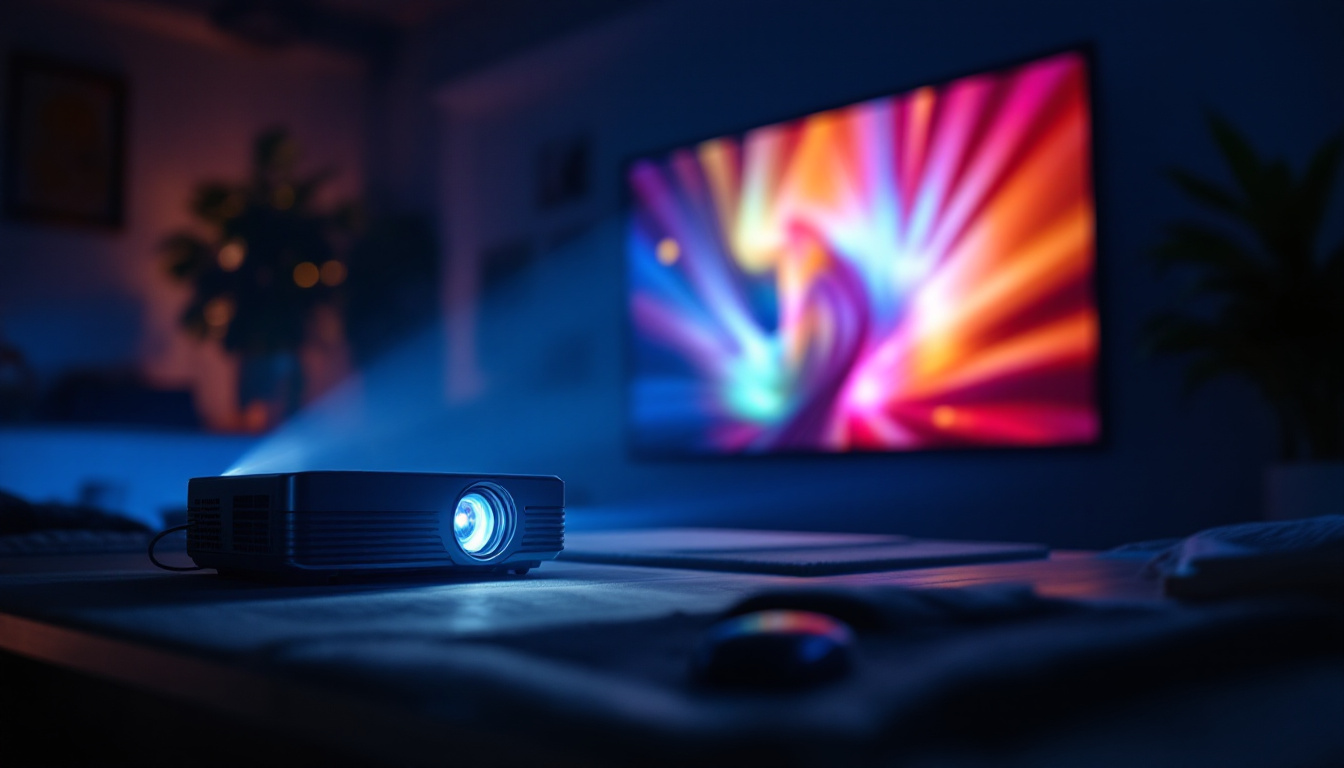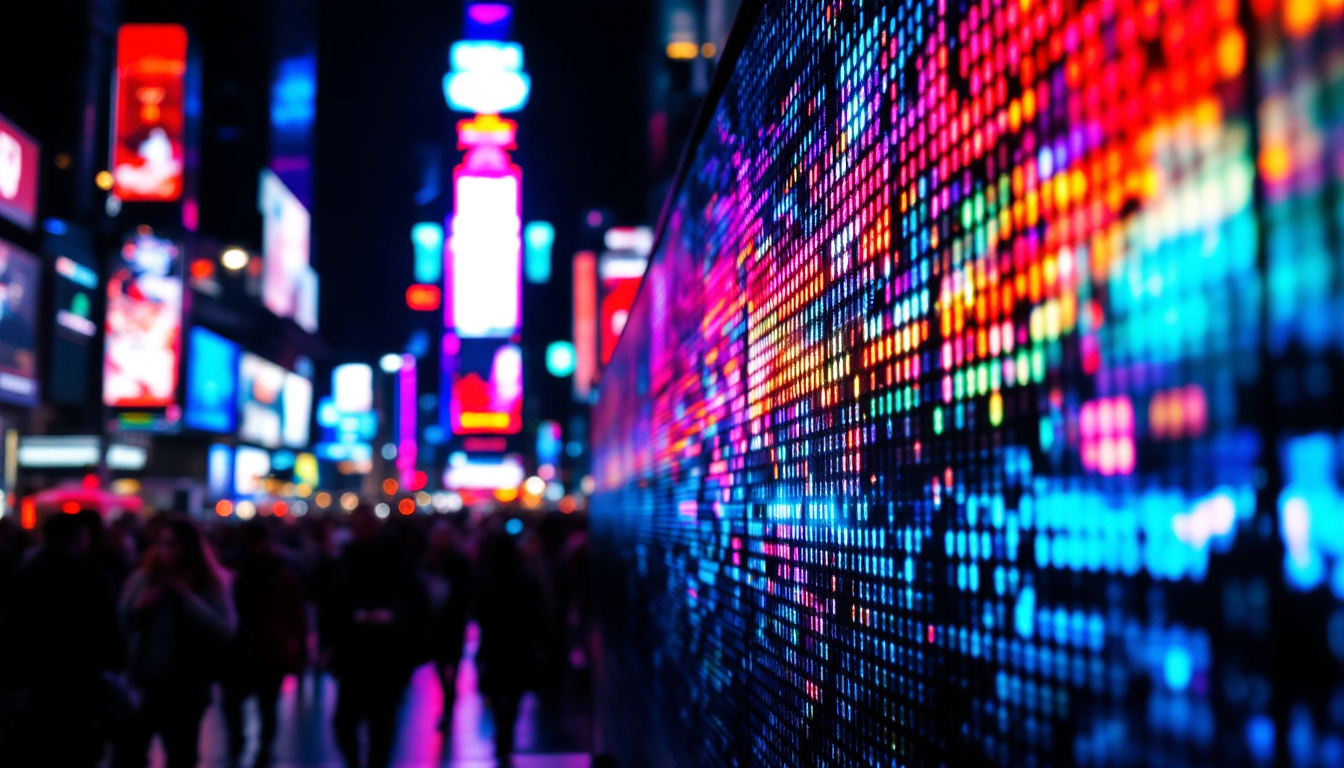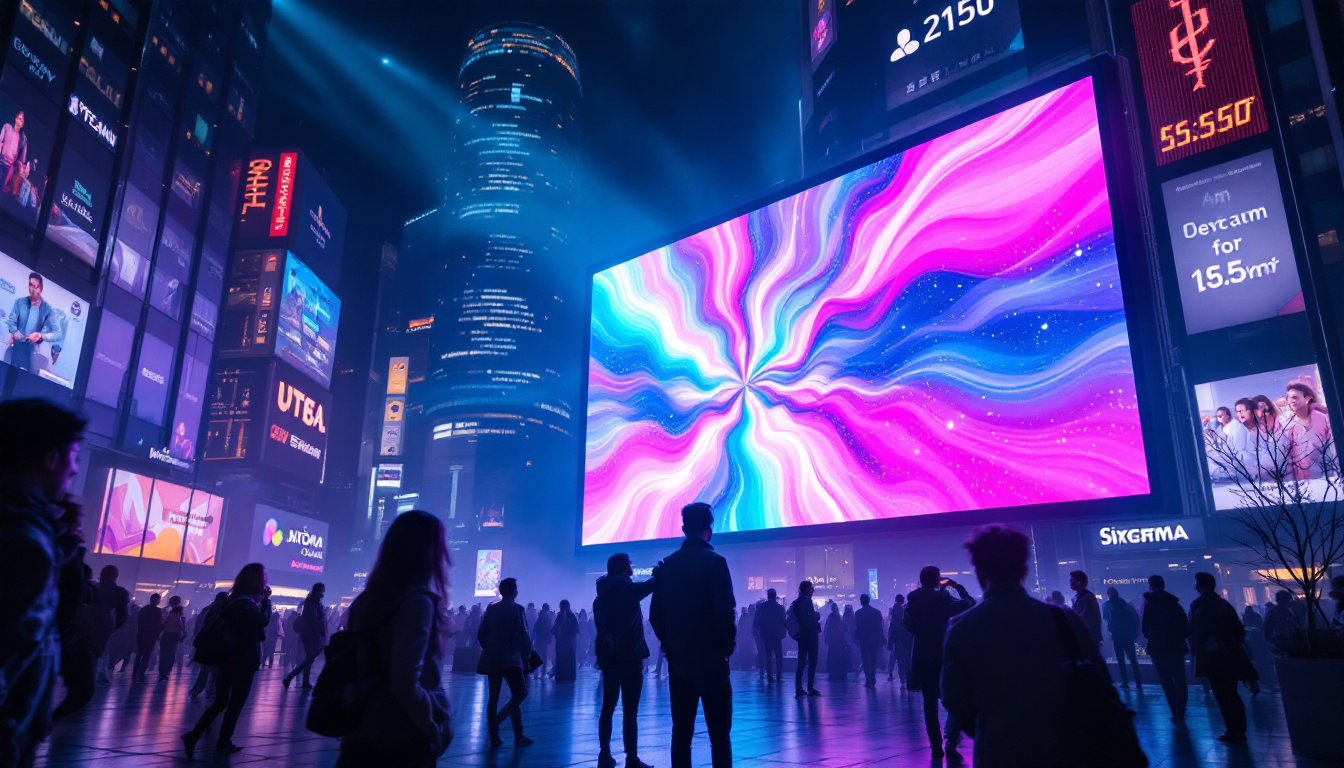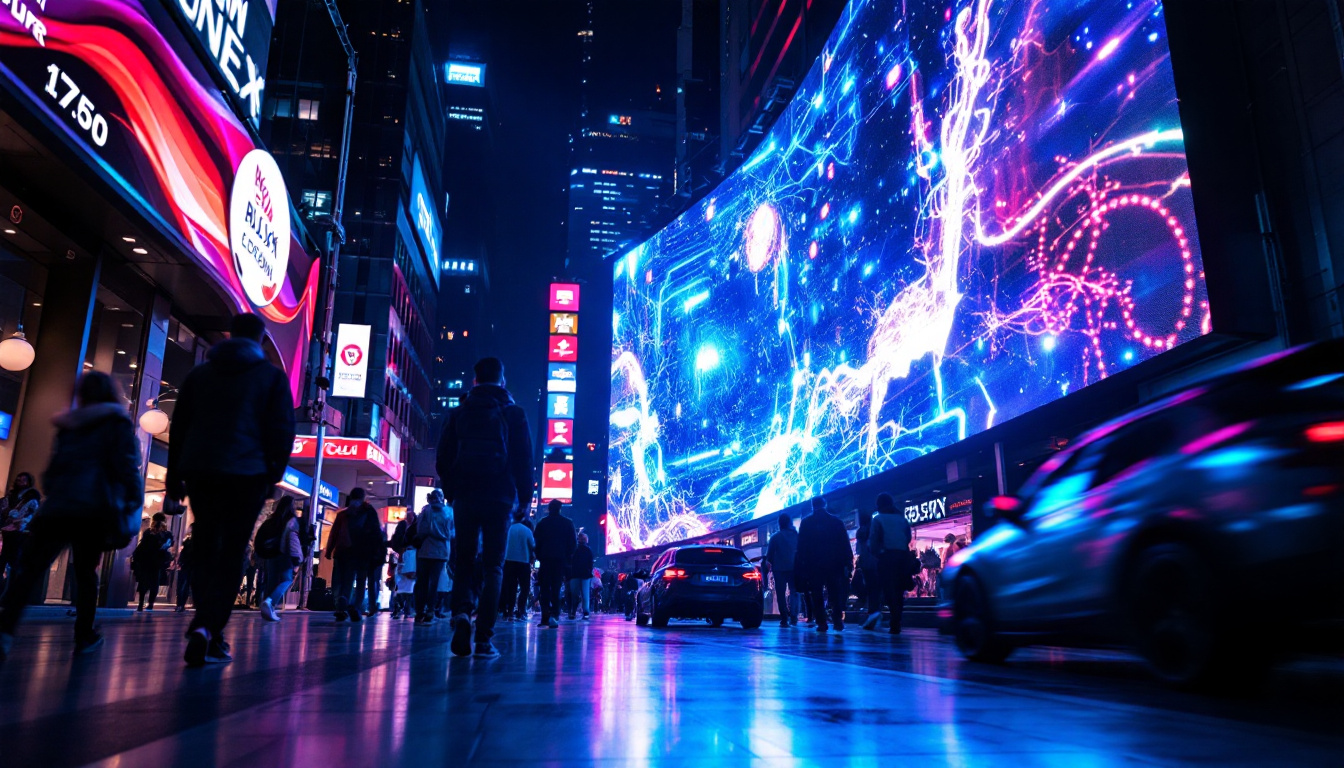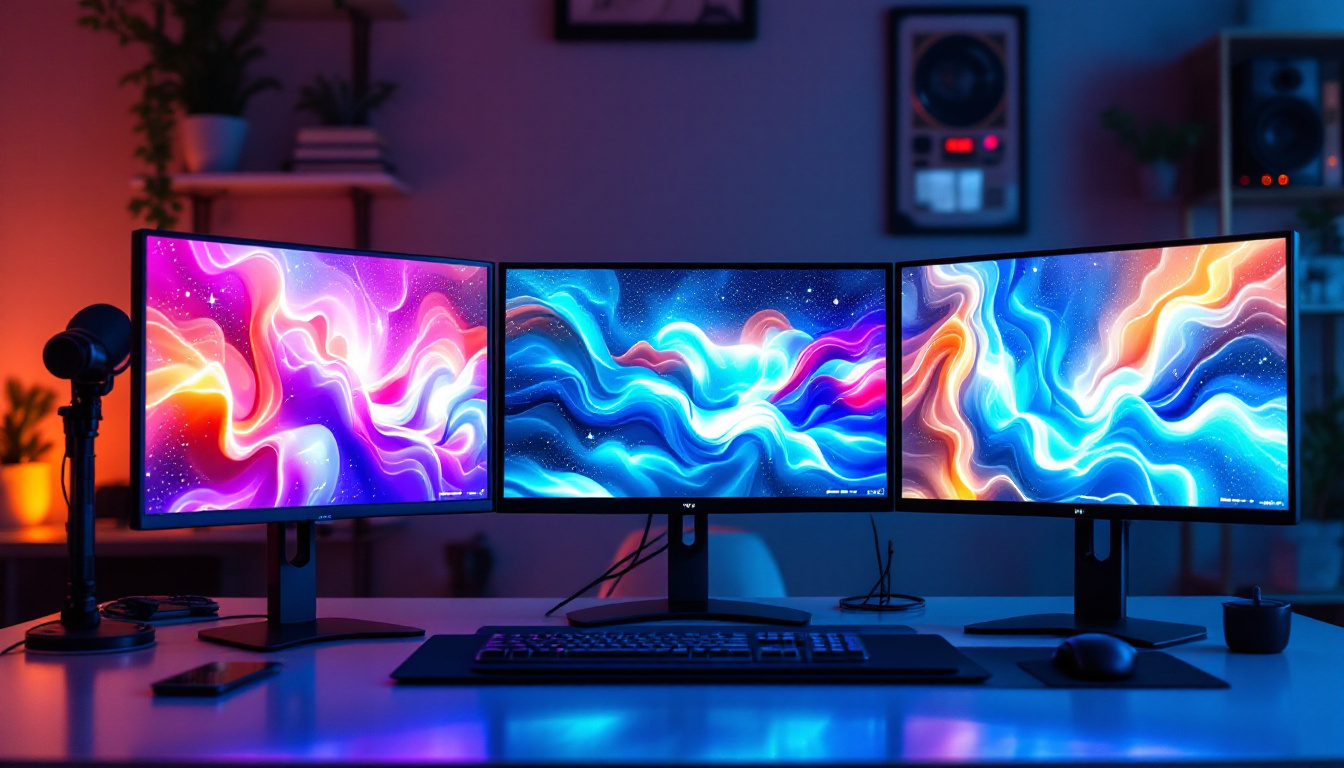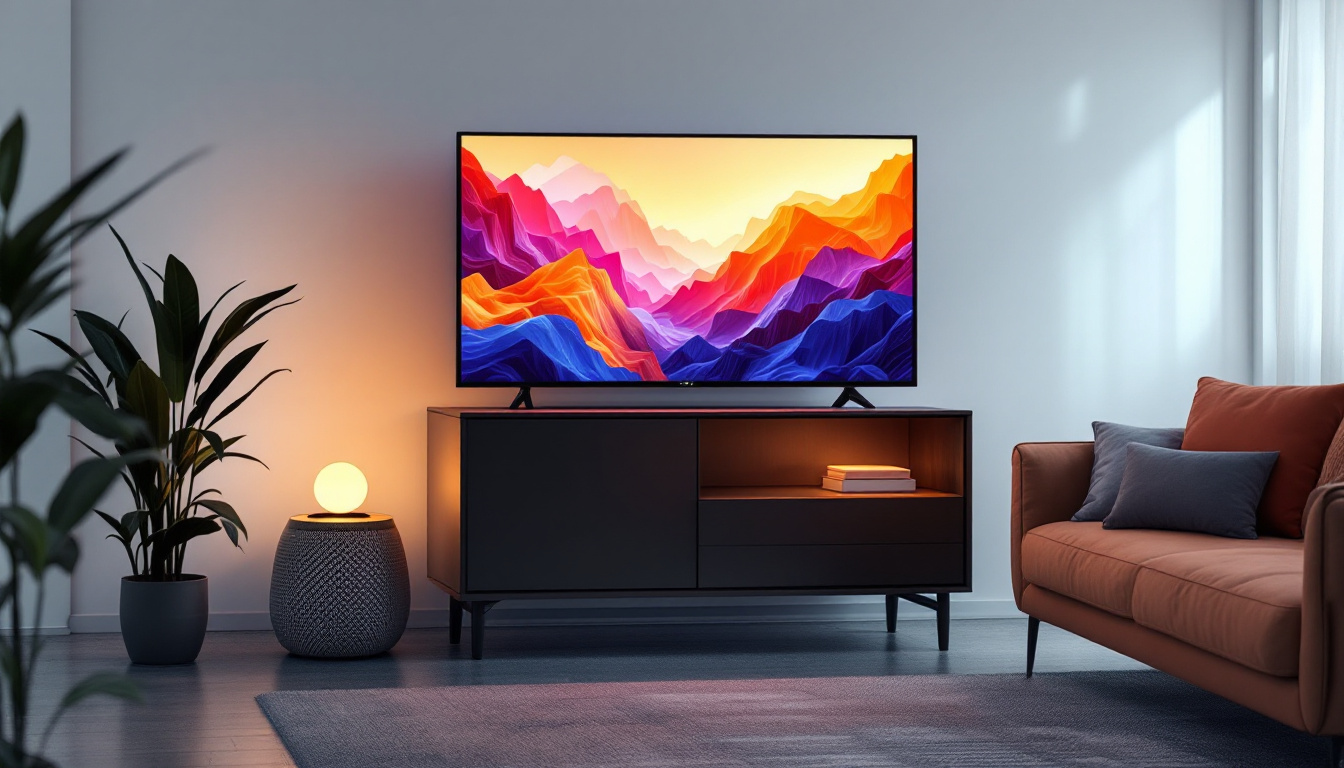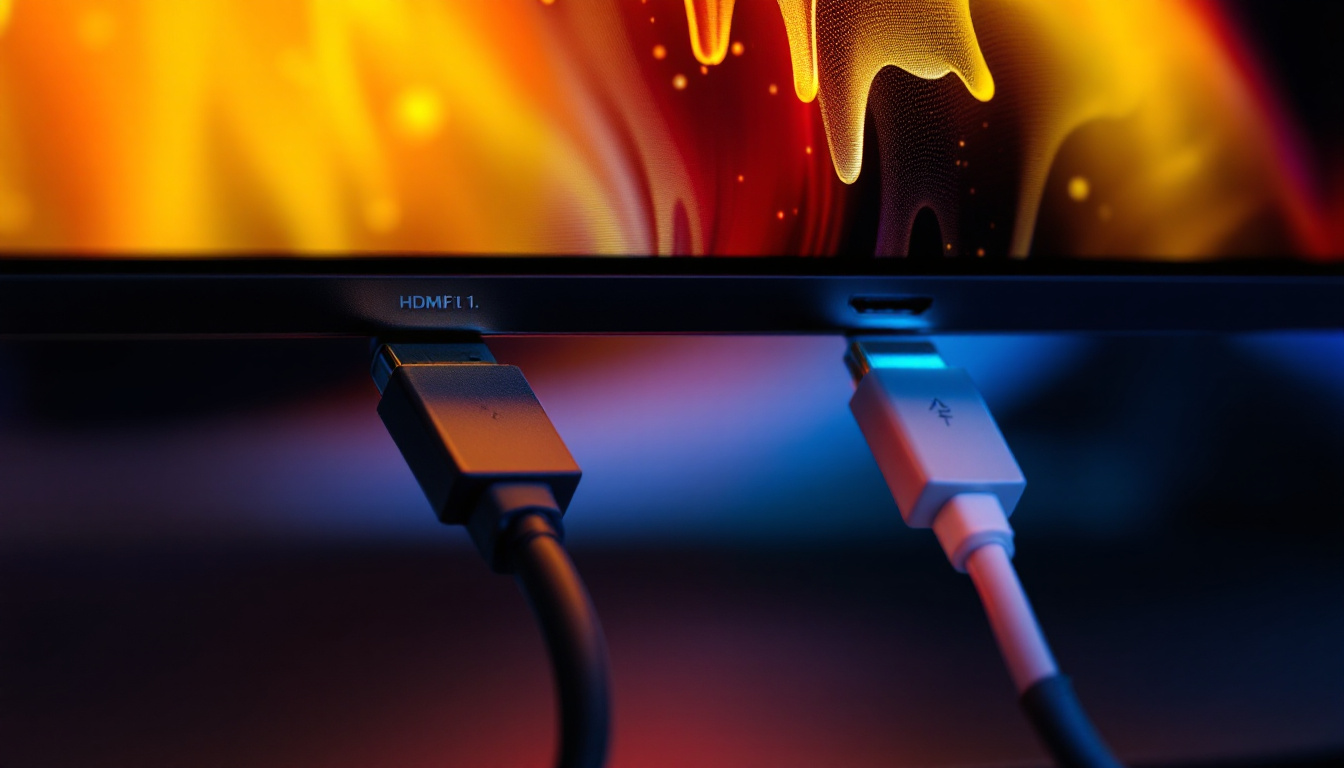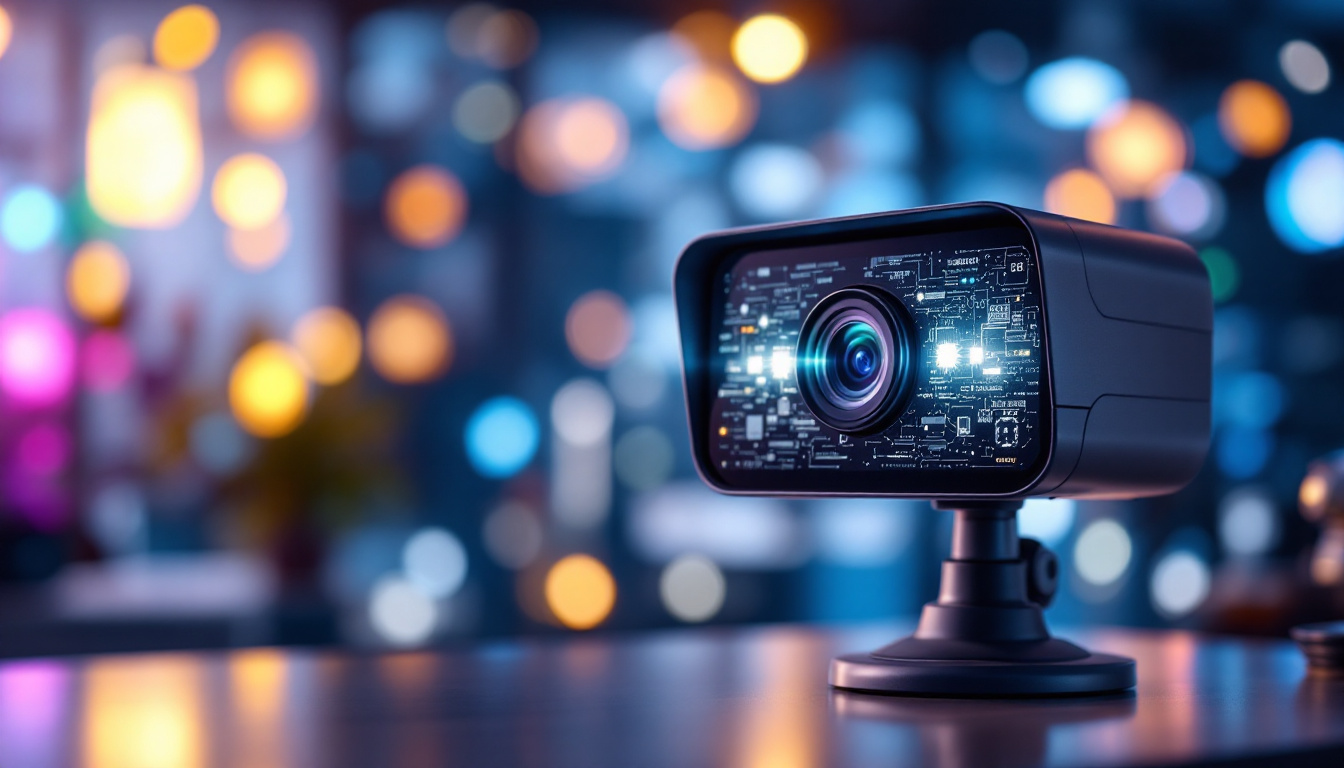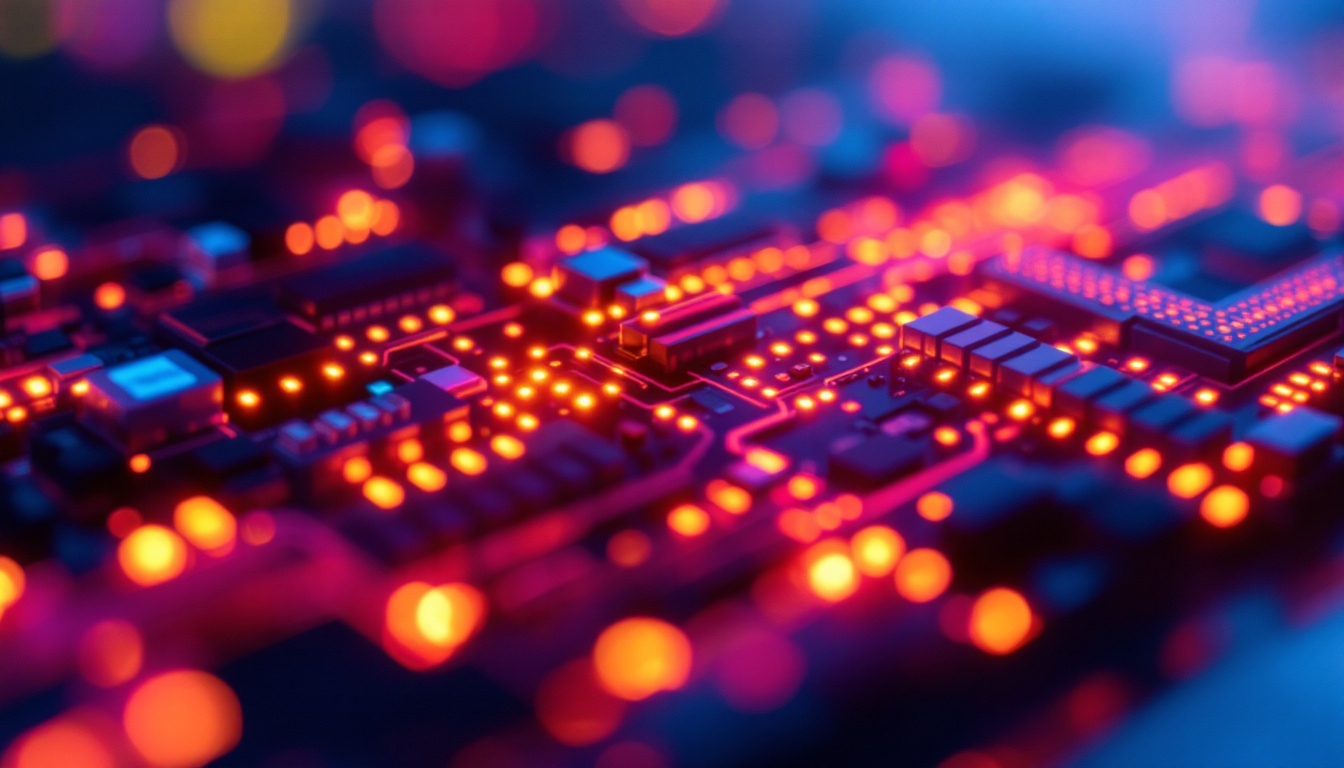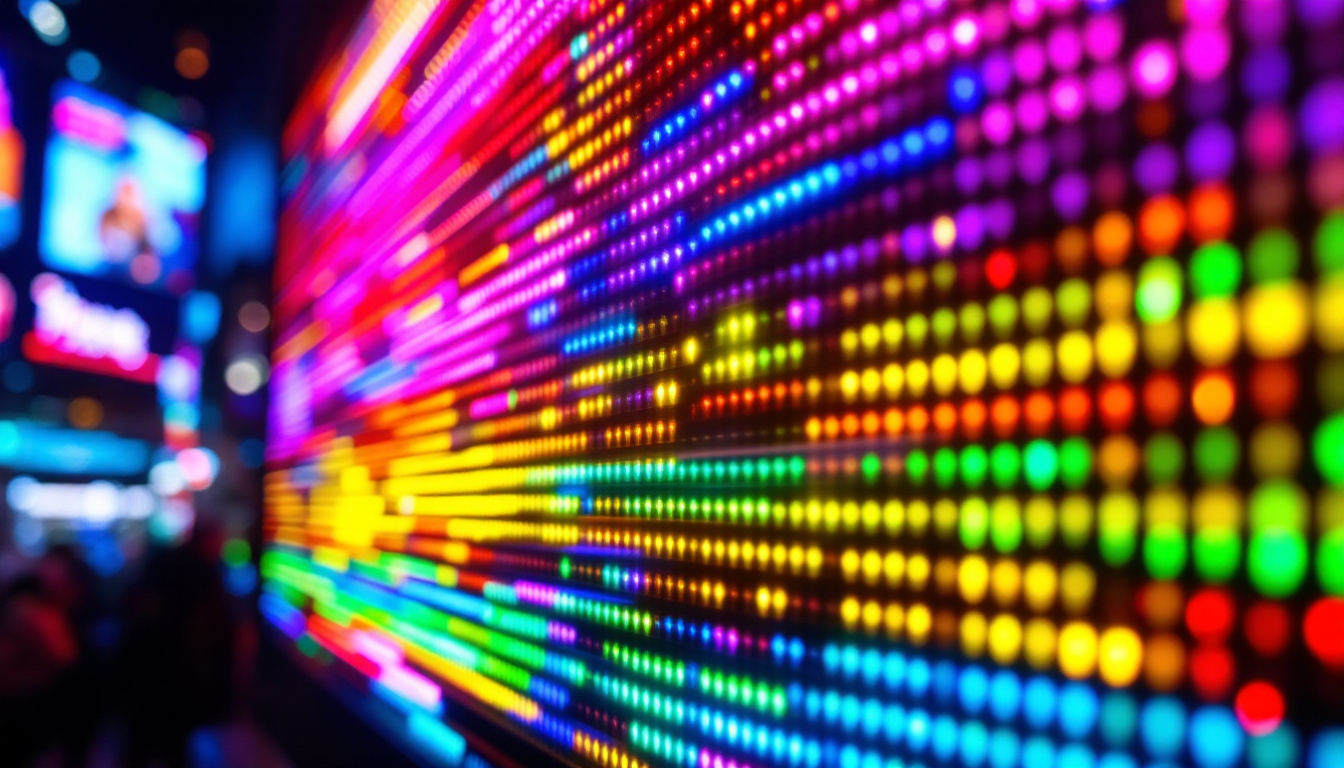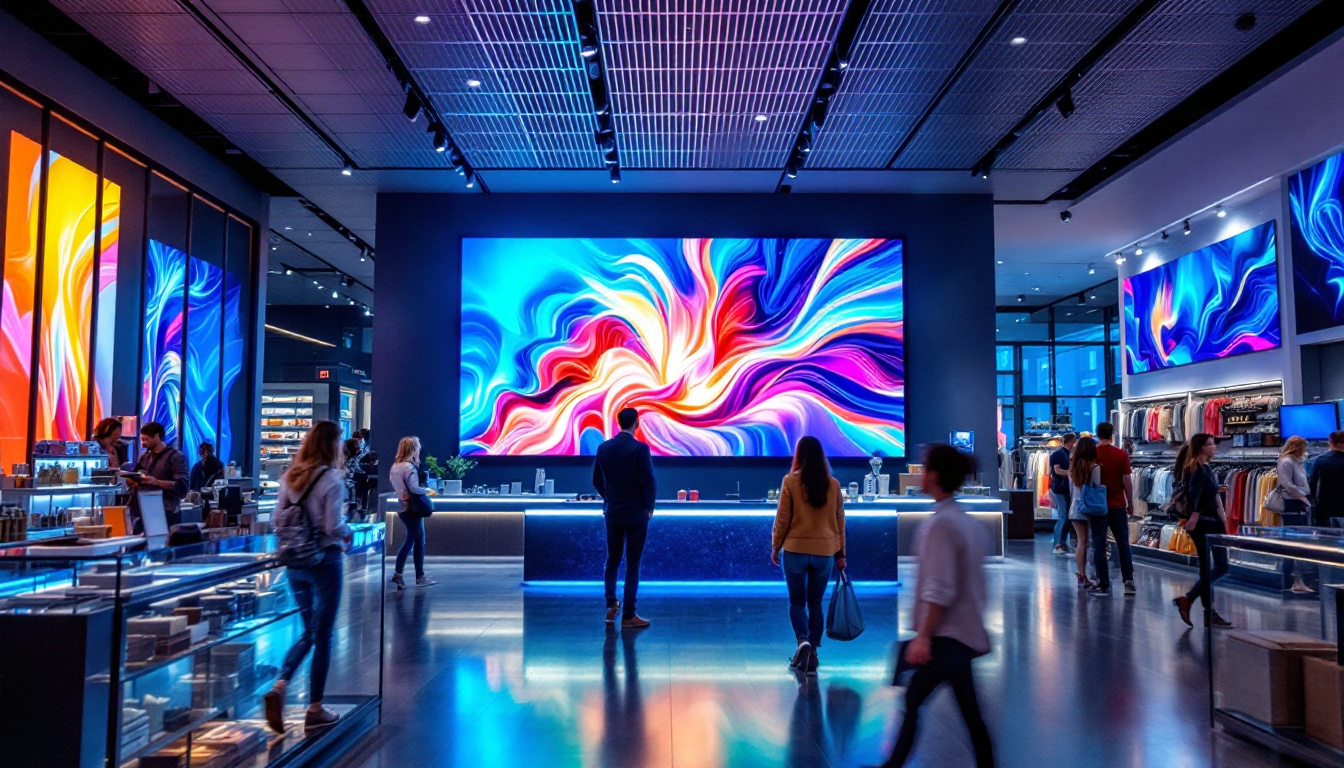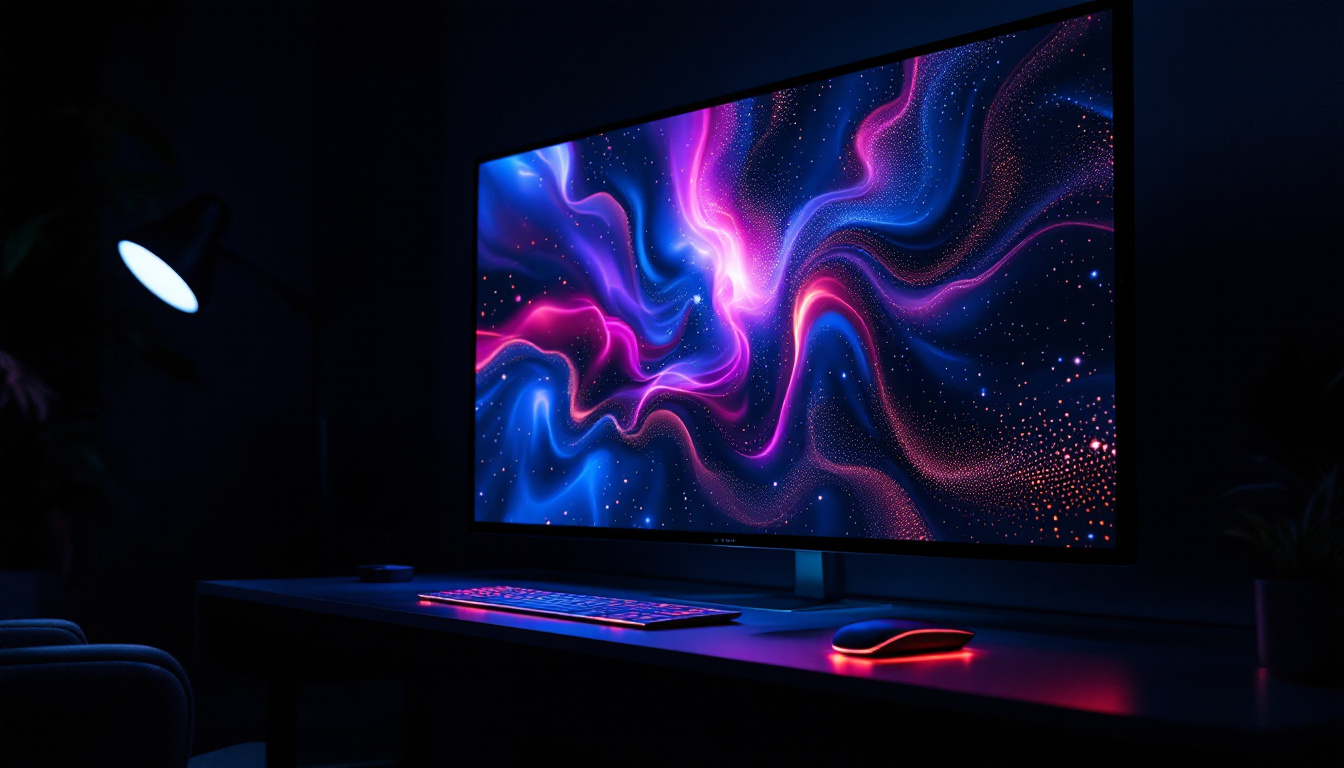Flat Screen TV Protector: LED Display Explained
In the modern era of home entertainment, flat screen TVs have become a staple in households around the globe. With their sleek designs and vibrant displays, they offer an unparalleled viewing experience. However, the delicate nature of LED displays raises concerns about their longevity and susceptibility to damage. This is where flat screen TV protectors come into play. This article delves into the intricacies of LED displays and the significance of using a TV protector.
Understanding LED Displays
LED (Light Emitting Diode) technology has revolutionized the way we experience visual media. Unlike traditional cathode ray tube (CRT) televisions, LED TVs utilize a series of tiny diodes to produce light, resulting in sharper images and more vibrant colors. The fundamental working principle of LED displays involves the manipulation of light to create images, which is why understanding their components is crucial.
Components of LED Displays
At the core of LED technology are several key components that work in unison to deliver high-quality visuals. These include:
- Backlight: LED TVs use a backlight to illuminate the screen. This can be edge-lit or backlit, affecting the overall brightness and contrast of the display.
- Liquid Crystal Display (LCD): The LCD layer is responsible for controlling the light emitted by the backlight, allowing for the creation of images.
- Color Filters: These filters enhance the color accuracy of the display, ensuring that viewers experience true-to-life colors.
Understanding these components is essential for recognizing how external factors can impact the performance and durability of the TV. For instance, the quality of the backlight can significantly influence not only the brightness but also the longevity of the display. High-quality backlights tend to have a longer lifespan and provide a more consistent viewing experience, while lower-quality options may lead to uneven brightness and color fading over time. Additionally, the LCD layer’s responsiveness can affect how quickly images are rendered, which is particularly important for fast-paced content like sports or action films.
Benefits of LED Technology
LED displays offer numerous advantages over their predecessors. Some of the most notable benefits include:
- Energy Efficiency: LED TVs consume significantly less power compared to older models, making them a more environmentally friendly option.
- Thin Profile: The slim design of LED TVs allows for easy mounting and integration into various living spaces.
- Improved Picture Quality: With higher contrast ratios and better color reproduction, LED displays provide a more immersive viewing experience.
These benefits contribute to the growing popularity of LED televisions, but they also highlight the need for protection against potential damage. For instance, while LED displays are generally more durable than older technologies, they can still be susceptible to issues such as screen burn-in or pixel malfunction. Regular maintenance, such as cleaning the screen and ensuring proper ventilation, can prolong the life of the display. Furthermore, advancements in technology have led to features like anti-glare coatings and enhanced durability against scratches, making modern LED TVs even more resilient for everyday use.
The Importance of Flat Screen TV Protectors
Flat screen TV protectors serve as a safeguard against various forms of damage, including scratches, dust, and impacts. Given the investment that consumers make in high-quality televisions, protecting this asset is paramount. With the rapid advancements in technology, televisions have become not just a source of entertainment but also a centerpiece in many homes, making their protection even more critical.
Types of Damage to LED Displays
Understanding the types of damage that can occur to LED displays is essential for recognizing the value of a TV protector. Common threats include:
- Scratches: Everyday use can lead to scratches on the screen, which can detract from the viewing experience.
- Dust and Dirt: Accumulation of dust can affect the clarity of the display, requiring frequent cleaning that can further risk damage.
- Impact Damage: Accidental bumps or falls can lead to cracks and other serious damage that may render the TV unusable.
Each of these threats underscores the necessity of a protective layer to maintain the integrity of the display. Additionally, environmental factors such as sunlight exposure and humidity can also contribute to the degradation of screen quality over time. For instance, prolonged exposure to direct sunlight can cause the colors to fade, while humidity can lead to internal condensation, potentially damaging electronic components. Thus, the protective layer not only shields against physical damage but also helps mitigate these environmental risks.
How Flat Screen TV Protectors Work
Flat screen TV protectors are designed to absorb impacts and prevent scratches while maintaining clarity and color accuracy. They are typically made from durable materials such as tempered glass or high-quality acrylic. These materials are engineered to withstand everyday wear and tear, providing a reliable barrier against potential damage. The thickness of these protectors can vary, with thicker options offering enhanced protection against more severe impacts, making them ideal for households with children or pets.
Moreover, many protectors are designed with anti-glare properties, ensuring that the viewing experience remains unaffected by reflections or ambient light. This feature is particularly beneficial in brightly lit rooms, where glare can significantly hinder visibility. Some advanced models even incorporate blue light filtering technology, which can reduce eye strain during extended viewing sessions. This added benefit not only enhances comfort but also contributes to healthier viewing habits, making flat screen TV protectors an essential accessory for modern home entertainment setups.
Choosing the Right TV Protector
When selecting a flat screen TV protector, several factors should be considered to ensure optimal protection and compatibility with the TV model.
Compatibility with TV Size and Model
One of the most critical aspects of choosing a TV protector is ensuring that it fits the specific dimensions and model of the television. Protectors come in various sizes, and selecting the correct one will prevent any gaps that could expose the screen to damage.
Additionally, some protectors are designed with specific models in mind, offering tailored features that enhance protection. It is advisable to check the specifications before making a purchase. For instance, certain models may have unique mounting points or bezels that require a specially designed protector to ensure a snug fit. This attention to detail can significantly reduce the risk of accidental impacts or scratches, which are common in households with children or pets.
Material Quality
The material used in the TV protector plays a significant role in its effectiveness. Tempered glass is often recommended for its strength and resistance to scratches, while acrylic can be a lighter alternative that still offers decent protection.
It is essential to consider the trade-offs between weight, clarity, and durability when selecting a material. High-quality options may come at a higher price, but they often provide better long-term value. Moreover, some protectors incorporate anti-reflective coatings, which can enhance viewing experiences by reducing glare from ambient light. This feature is particularly beneficial for those who enjoy watching movies or playing video games in brightly lit rooms, as it helps maintain picture quality without compromising the protector’s protective capabilities.
Ease of Installation
Another factor to consider is the installation process. Some TV protectors are designed for easy application, often featuring adhesive backing or simple mounting systems. Others may require more complex installation, which could deter some users.
Choosing a protector that aligns with one’s comfort level regarding installation can enhance the overall experience and ensure that the protector is applied correctly for maximum effectiveness. Additionally, some manufacturers provide detailed installation guides or video tutorials, which can be invaluable for those who may be less experienced with DIY projects. This support can make the process less daunting and ensure that the protector is securely attached, thereby maximizing its protective benefits. Furthermore, considering the ease of removal is also important, especially for those who may want to clean their TV or switch protectors periodically to accommodate different viewing environments.
Maintaining Your Flat Screen TV Protector
Once a flat screen TV protector is in place, proper maintenance is essential to ensure that it continues to provide optimal protection and clarity. Regular cleaning and care can significantly extend the life of both the protector and the television itself.
Cleaning Techniques
To maintain the clarity of the TV protector, it is essential to use appropriate cleaning techniques. Here are some tips:
- Use a Microfiber Cloth: This type of cloth is gentle on surfaces and effective at removing dust and fingerprints without scratching the material.
- Avoid Harsh Chemicals: Cleaning solutions containing ammonia or alcohol can damage the protector. Instead, use a mixture of water and mild soap for cleaning.
- Wipe Gently: When cleaning, apply gentle pressure to avoid causing any damage to the protector or the TV screen beneath.
Implementing these cleaning techniques can help maintain the visual quality of the protector and the TV.
Regular Inspections
In addition to regular cleaning, conducting periodic inspections of the TV protector is crucial. Checking for any signs of wear, such as scratches or cracks, can help identify potential issues before they escalate.
If any damage is detected, it may be necessary to replace the protector to ensure continued protection of the television. Regular inspections also provide an opportunity to clean the area around the TV, reducing the risk of dust accumulation.
Conclusion
In summary, flat screen TVs, particularly those with LED displays, represent a significant investment for consumers. Understanding the technology behind these displays and the potential risks they face is essential for ensuring their longevity. Flat screen TV protectors offer a practical solution to safeguard these valuable devices from damage.
By selecting the right protector, maintaining it properly, and recognizing the importance of protection, consumers can enjoy their viewing experience without the constant worry of potential damage. As technology continues to evolve, the need for effective protection will remain a priority for those who appreciate high-quality home entertainment.
Discover the Future of Visual Engagement with LumenMatrix
Ready to elevate your home entertainment or business communication to the next level? LumenMatrix is at the forefront of LED display innovation, offering a wide range of solutions tailored to your needs. From captivating Indoor LED Wall Displays to dynamic Outdoor LED Wall Displays, and from versatile Vehicle LED Displays to sleek LED Poster Displays, our technology is designed to create unforgettable visual experiences. Embrace the revolution in visual communication with our LED Sports Displays, Floor LED Displays, Custom LED Displays, All-in-One LED Displays, and LED Transparent Displays. Don’t just watch—immerse yourself in the world of high-impact, crystal-clear LED technology. Check out LumenMatrix LED Display Solutions today and transform the way you share your message.

